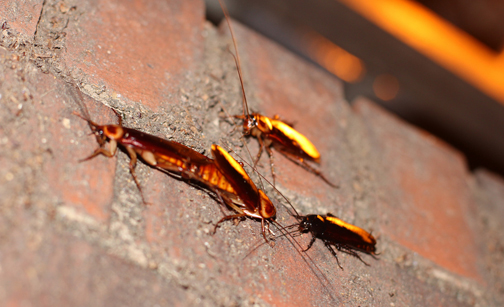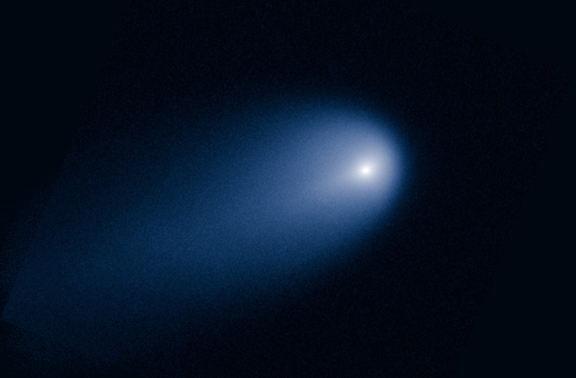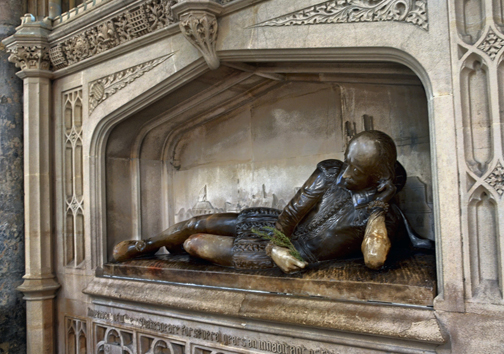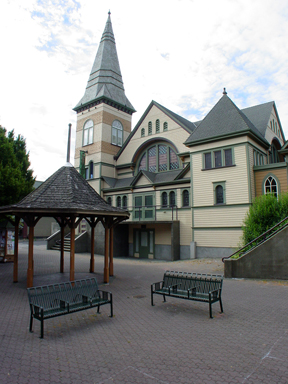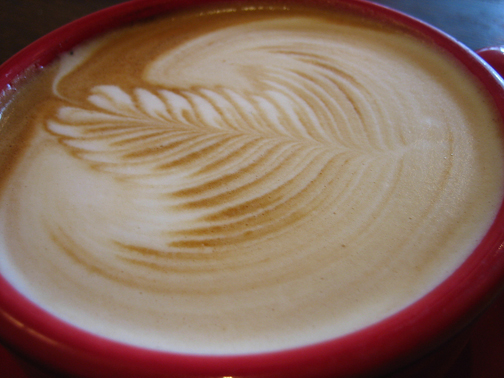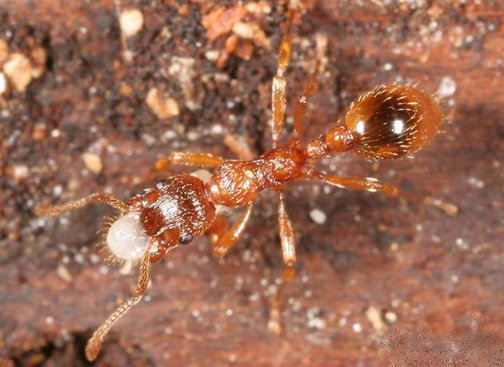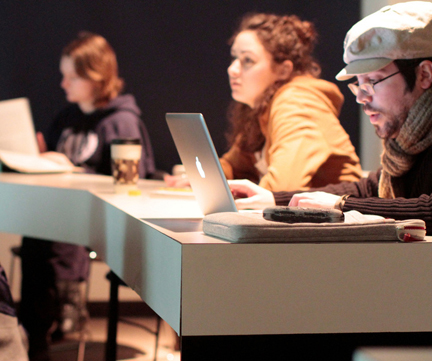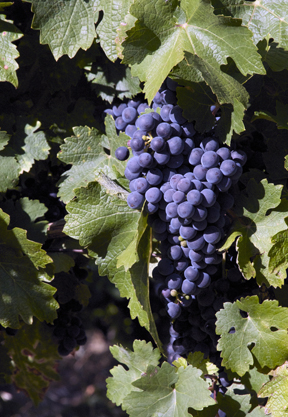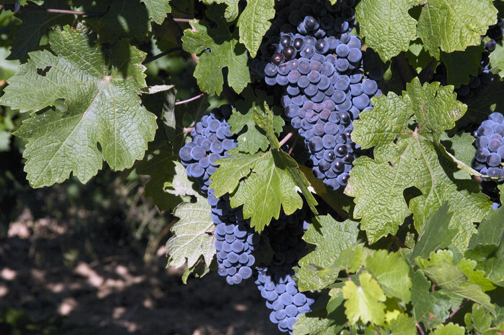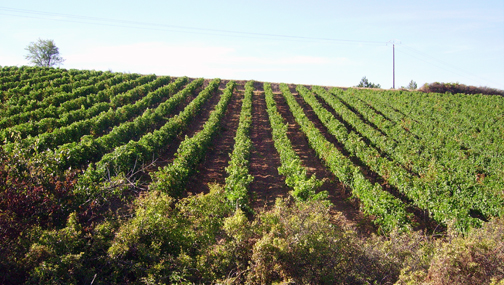“Sea otters, bah!” Nature Boy says, tongue in cheek. “They’re too easy to love. How can you respect a plush toy?”
Nature Boy is responding to recent reports of sea otters off Langara Island, in Haida Gwaii, and elsewhere on our coast. Although still not common in mid-B.C. waters after its 1970s’ re-introduction, the small marine mammals are slowly repopulating their historic range.
The sea otter’s return is one of Canada’s conservation successes. Confirmed as extirpated by the 1920s, listed as “threatened” in 2002, the sea otter is now considered a “species of concern.”
Nature Boy continues, “Now, the sea urchin—that is a remarkable animal. It has these amazing, intricate jaws….”
“—No match for sea otter jaws,” I interrupt. “Nor is the sea urchin a species at risk. Unlike the sea otter. Or the abalone.”
“Abalone are pretty cool, too,” he admits. “They have those weird breathing holes in the shell, and of course lovely mother of pearl. And they taste real good, too.”
Always a disadvantage for an animal….
Read the rest of this editorial at the Victoria Times Colonist.


